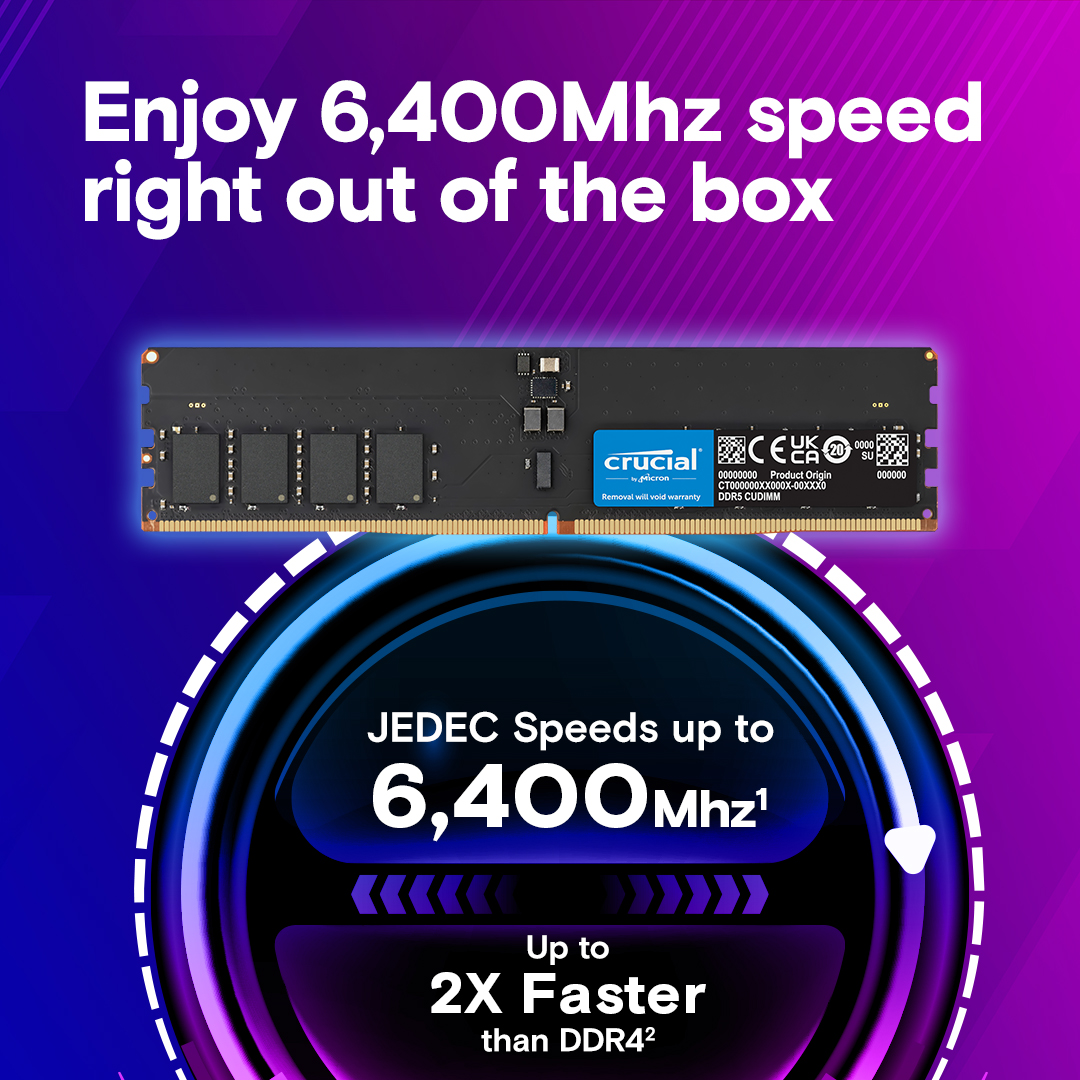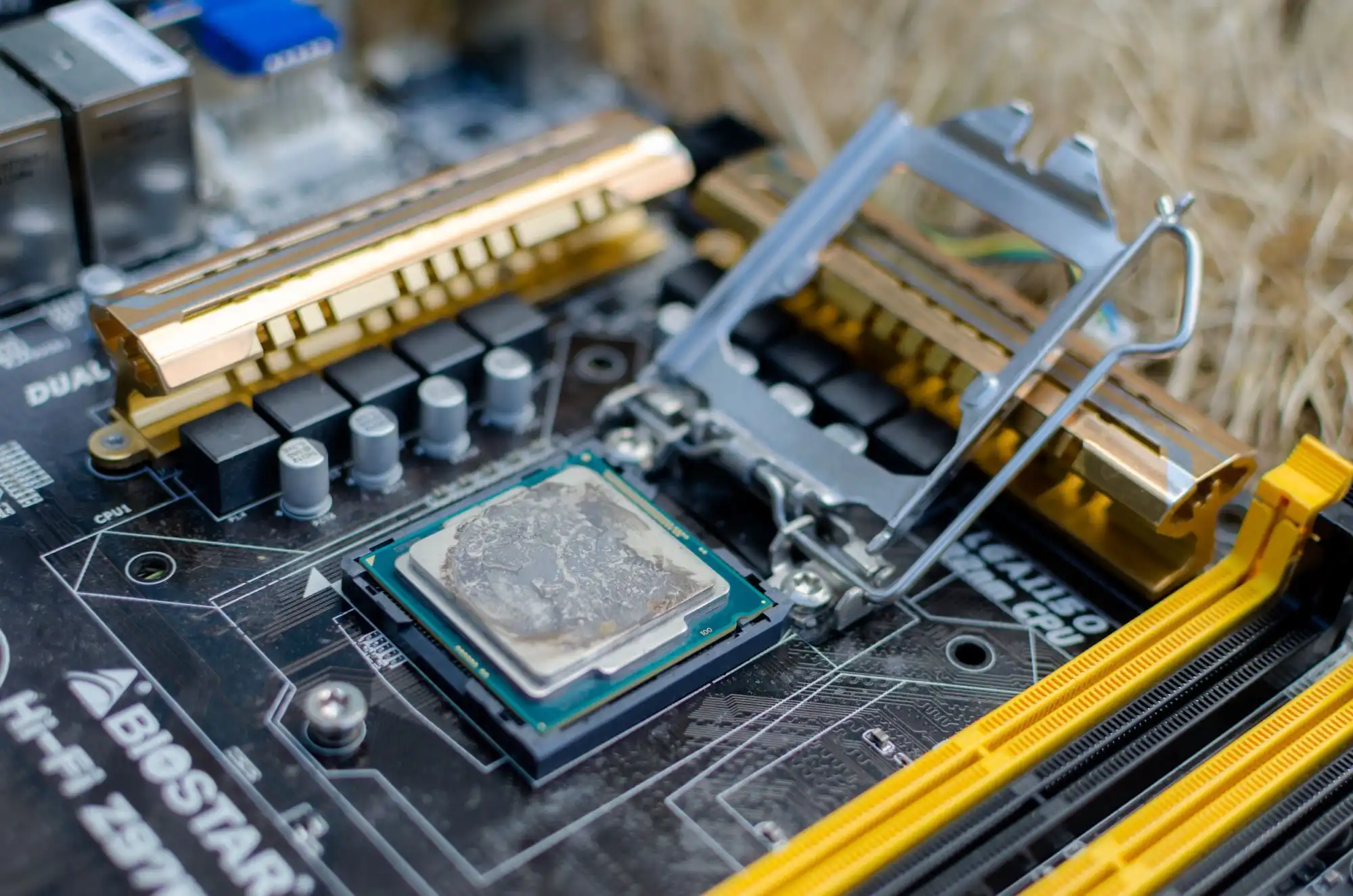
Micron’s Crucial division has unveiled its latest innovation in PC memory technology with the introduction of CUDIMMs for laptops and CSODIMMs for desktops. These new memory modules are designed to push the boundaries of memory speeds, particularly in anticipation of Intel’s forthcoming Arrow Lake chip, which is expected to demand higher performance.
The new clocked unbuffered dual inline memory modules (CUDIMMs) and clocked small-outline dual memory modules (CSODIMMs) feature a built-in clock driver circuit, a significant advancement over traditional dual-inline memory modules (DIMMs) that rely on the CPU clock. This design change allows Micron’s memory to achieve speeds of 6,400 megatransfers per second, representing a 15 percent increase compared to conventional DDR5 DIMMs. In practical terms, these new modules can achieve DDR5-6400 speeds. According to both JEDEC and Micron, integrating the clock driver directly onto the module facilitates the precise timings necessary for these elevated speeds, a feat that traditional methods cannot accomplish.
While Micron is marketing these modules as ideal for users interested in AI applications, they are versatile enough to cater to gamers and everyday users seeking enhanced performance for various tasks, including running high-speed large language model (LLM) chatbots.
Intel has already validated the new memory modules for compatibility with its upcoming Arrow Lake chips, set to start shipping later this month. Micron has commenced shipments of the CUDIMMs and CSODIMMs to PC manufacturers, with the modules available in 32Gbit configurations, allowing for total capacities of up to 256GB in Arrow Lake desktops. However, consumers will have to wait until the first half of 2025 to purchase these modules online, with pricing details yet to be announced. A limited lifetime warranty will accompany the new products.
It’s important to note that these CUDIMMs differ significantly from the recently introduced Compression Attached Memory Module (CAMM2), which is tailored for laptops and designed to facilitate memory upgrades without sacrificing compactness.




